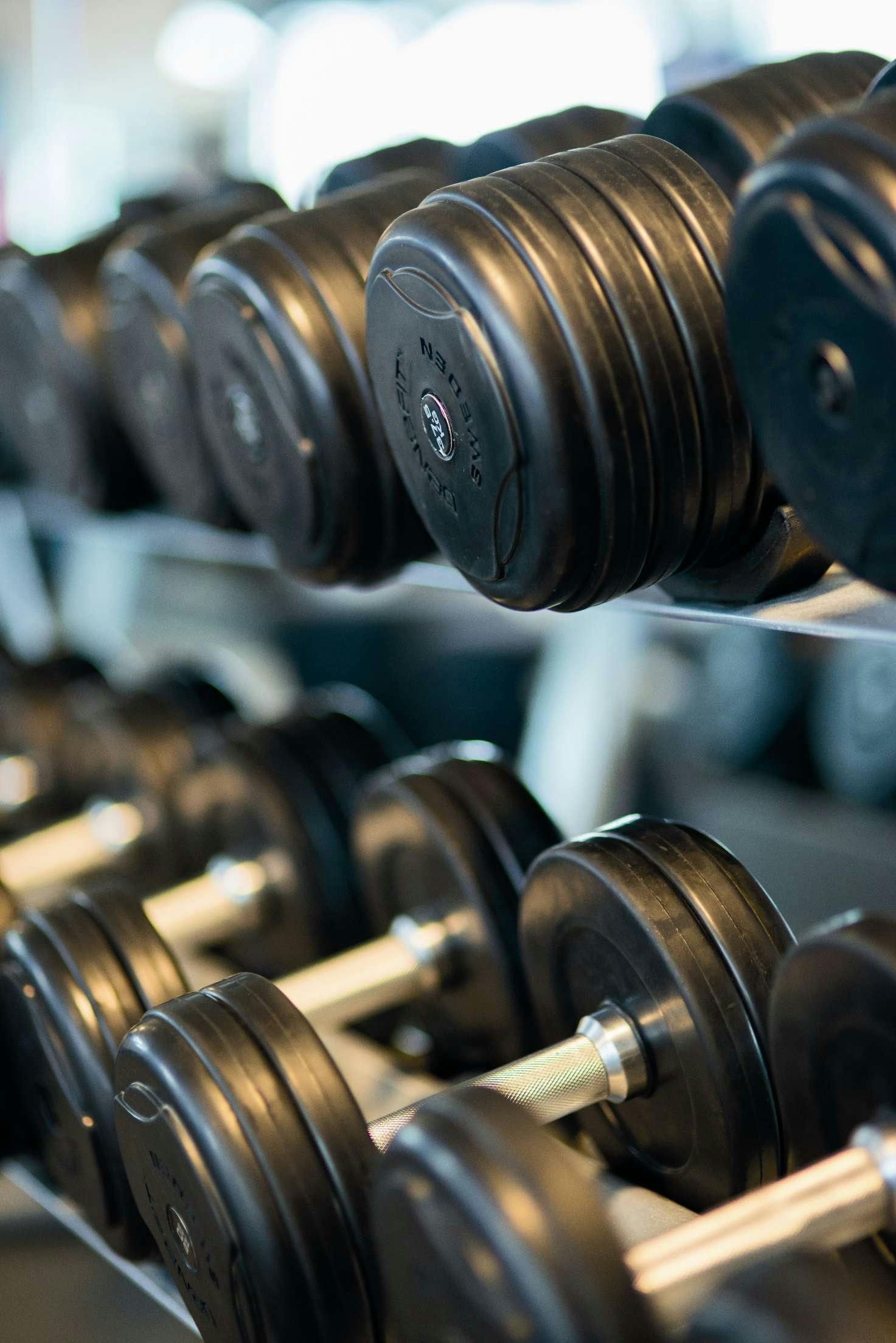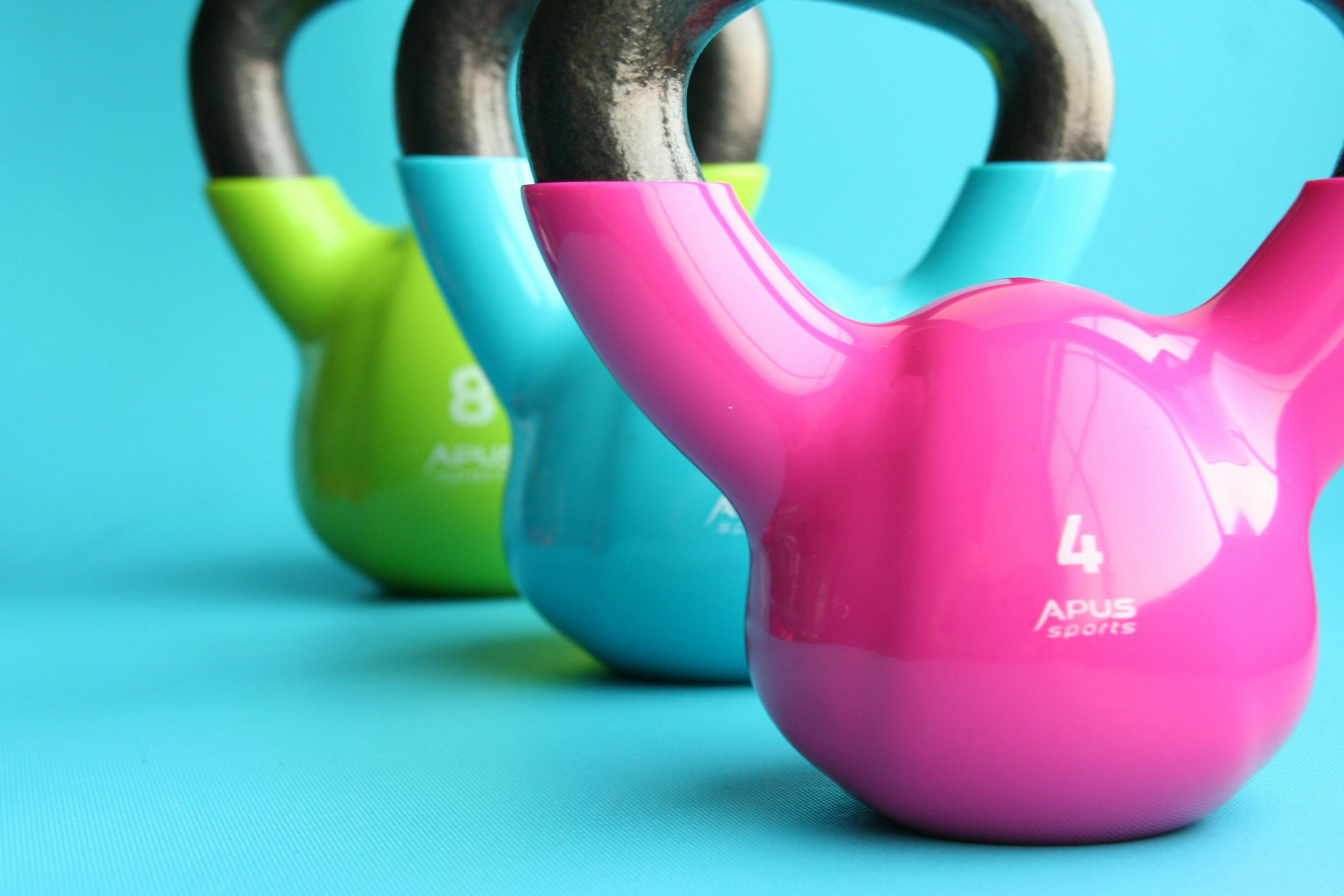Are you tired of spending hundreds of dollars on expensive gym equipment? Look no further! In this article, we will show you how to build your own homemade pull up and dip bar using simple materials that you can find at your local hardware store. By following our step-by-step instructions, you can create a sturdy and reliable workout station in the comfort of your own home. Say goodbye to gym membership fees and hello to a cost-effective fitness solution that will help you achieve your fitness goals without breaking the bank.
To build a homemade pull-up and dip bar, you will need the following materials:
A metal pipe will be used as the main component for the bar. It should be sturdy and able to support your weight during exercises. Choose a pipe with a diameter that is comfortable for gripping.
Wooden beams will form the frame of the pull-up and dip bar. Opt for strong and durable wood to ensure stability.
Screws will be necessary for securing the joints and attaching the wooden beams together.
Nuts and bolts will provide additional support and reinforcement to the structure.
A drill will be needed to create holes for the screws and bolts.
A saw will be used to cut the wooden beams and metal pipe to the desired lengths.
Before starting the construction process, it is important to plan and design your homemade pull-up and dip bar. Consider the following steps:
Decide where you want to install the pull-up and dip bar. It should be in an area with enough space for performing exercises comfortably.
Determine the ideal bar height based on your height and the exercises you plan to perform. The bar should be within reach for pull-ups and dips.
Create a rough sketch of how you want your pull-up and dip bar to look. This will help you visualize the final product and guide you during the construction process.
Measure and mark the dimensions of the pull-up and dip bar according to your chosen design. This will ensure accurate cutting and assembly of the materials.

This image is property of images.pexels.com.
The frame is the foundation of your homemade pull-up and dip bar. Follow these steps to build a sturdy frame:
Using a saw, cut the wooden beams to the desired lengths based on your measurements. These beams will serve as the main components of the frame.
Align the cut wooden beams according to your design and begin assembling the frame. Use screws to secure the joints, ensuring a tight and stable fit.
To reinforce the frame, use screws to secure all the joints. This will add extra stability and ensure the longevity of your homemade pull-up and dip bar.
To further enhance the stability of the frame, add cross supports between the wooden beams. These supports will prevent any wobbling or side-to-side movement during exercises.
The pull-up bar is an essential component of the homemade pull-up and dip bar. Here is how you can create the pull-up bar:
Choose a metal pipe with a suitable diameter that provides a comfortable grip. Consider your hand size and preference. Also, determine the desired length of the pull-up bar based on the available space and your exercise needs.
Using a saw, carefully cut the metal pipe to the chosen length. Ensure clean and precise cuts for a professional-looking finish.
Position the cut metal pipe on the frame where you want the pull-up bar to be. Use screws or nuts and bolts to securely attach the pipe to the wooden frame. Double-check the tightness to prevent any wobbling or movement during use.
Test the stability of the pull-up bar by applying some weight or performing gentle movements. Ensure that the bar is securely fastened and can support your weight without any issues.

This image is property of images.pexels.com.
In addition to the pull-up bar, a dip station can be included in your homemade pull-up and dip bar for added versatility. Follow these steps to construct the dip station:
Decide on the height and width of the dip bars, considering your personal preferences and the exercises you plan to perform. Measure and mark the desired dimensions on the metal pipe.
Using a saw, cut the metal pipe based on the marked dimensions for the dip bars. Aim for clean and accurate cuts for a seamless integration with the frame.
Position the cut metal pipe sections on the frame where you want the dip bars to be. Securely attach them to the wooden frame using screws or nuts and bolts. Make sure they are level and stable.
Test the stability of the dip bars by gently putting weight on them or performing slight movements. Ensure that they are securely attached to the frame and can support your weight during dips.
To ensure the strength and stability of your homemade pull-up and dip bar, consider reinforcing the structure with these steps:
Attach additional braces or supports to the frame at strategic points. These braces can be made from wood or metal and will provide extra stability, making your pull-up and dip bar more secure.
Regularly check and tighten all screws and bolts to prevent any loosening or potential hazards during use. This will help maintain the structural integrity of your homemade pull-up and dip bar.
Inspect the entire structure of the pull-up and dip bar for any weak points or areas of concern. If any are found, reinforce them with additional screws, bolts, or braces to prevent any accidents or damage.
This image is property of images.pexels.com.
Once the construction of your homemade pull-up and dip bar is complete, add these finishing touches to ensure a polished and durable final product:
Smooth out any rough edges on the wooden beams and metal pipe sections using sandpaper. This will prevent any splinters or injuries when using the pull-up and dip bar.
To protect the wooden beams from moisture and wear, apply a suitable protective coating. This can be a wood sealant, varnish, or paint designed for outdoor use. Follow the manufacturer’s instructions for application.
Add a personal touch to your homemade pull-up and dip bar by painting it or decorating it according to your preference. Choose a paint color or design that suits your style and complements your workout area.
To ensure a safe and enjoyable workout experience with your homemade pull-up and dip bar, keep the following safety considerations in mind:
Make sure the pull-up and dip bar is securely installed on a sturdy surface. This can be a concrete floor, wooden platform, or even a wall-mounted setup. The surface should be able to bear your weight and withstand the forces exerted during exercises.
Be aware of the weight capacity of your homemade pull-up and dip bar. Ensure that it can safely support your weight and any additional loads from weights or accessories.
Regularly inspect the pull-up and dip bar for any signs of damage, wear, or loosening of screws and bolts. Address any issues promptly and make necessary repairs or replacements to maintain the safety and integrity of the structure.
Always use proper technique and form when performing exercises on the pull-up and dip bar. Warm up your muscles before each workout session to reduce the risk of injury.
To enhance the versatility of your homemade pull-up and dip bar, consider incorporating these variations and additions:
Add a horizontal bar to your pull-up and dip bar setup to expand the range of exercises you can perform. This can be attached perpendicular to the pull-up bar and dip bars, providing additional workout options.
Improve the effectiveness of your workouts by incorporating resistance bands. Attach them to the pull-up and dip bar to add varied resistance levels to your exercises.
For a challenging and dynamic workout experience, install suspension training rings on your pull-up and dip bar. These rings can be used for exercises like ring dips, rows, and muscle-ups.
Building a homemade pull-up and dip bar can be an affordable and customizable option for creating a dedicated workout space at home. By following the planning and construction steps outlined above, you can enjoy effective workouts that target various muscle groups. Remember to prioritize safety, regularly inspect and maintain your homemade pull-up and dip bar, and enjoy the convenience of having a versatile exercise tool in the comfort of your own home.
This post contains affiliate links. I will earn a commission if you buy through my link.
Are you tired of spending hundreds of dollars on expensive gym equipment? Look no further! In this article, we will show you how to build your own homemade pull up and dip bar using simple materials that you can find at your local hardware store. By following our step-by-step instructions, you can create a sturdy and reliable workout station in the comfort of your own home. Say goodbye to gym membership fees and hello to a cost-effective fitness solution that will help you achieve your fitness goals without breaking the bank.
To build a homemade pull-up and dip bar, you will need the following materials:
A metal pipe will be used as the main component for the bar. It should be sturdy and able to support your weight during exercises. Choose a pipe with a diameter that is comfortable for gripping.
Wooden beams will form the frame of the pull-up and dip bar. Opt for strong and durable wood to ensure stability.
Screws will be necessary for securing the joints and attaching the wooden beams together.
Nuts and bolts will provide additional support and reinforcement to the structure.
A drill will be needed to create holes for the screws and bolts.
A saw will be used to cut the wooden beams and metal pipe to the desired lengths.
Before starting the construction process, it is important to plan and design your homemade pull-up and dip bar. Consider the following steps:
Decide where you want to install the pull-up and dip bar. It should be in an area with enough space for performing exercises comfortably.
Determine the ideal bar height based on your height and the exercises you plan to perform. The bar should be within reach for pull-ups and dips.
Create a rough sketch of how you want your pull-up and dip bar to look. This will help you visualize the final product and guide you during the construction process.
Measure and mark the dimensions of the pull-up and dip bar according to your chosen design. This will ensure accurate cutting and assembly of the materials.

This image is property of images.pexels.com.
The frame is the foundation of your homemade pull-up and dip bar. Follow these steps to build a sturdy frame:
Using a saw, cut the wooden beams to the desired lengths based on your measurements. These beams will serve as the main components of the frame.
Align the cut wooden beams according to your design and begin assembling the frame. Use screws to secure the joints, ensuring a tight and stable fit.
To reinforce the frame, use screws to secure all the joints. This will add extra stability and ensure the longevity of your homemade pull-up and dip bar.
To further enhance the stability of the frame, add cross supports between the wooden beams. These supports will prevent any wobbling or side-to-side movement during exercises.
The pull-up bar is an essential component of the homemade pull-up and dip bar. Here is how you can create the pull-up bar:
Choose a metal pipe with a suitable diameter that provides a comfortable grip. Consider your hand size and preference. Also, determine the desired length of the pull-up bar based on the available space and your exercise needs.
Using a saw, carefully cut the metal pipe to the chosen length. Ensure clean and precise cuts for a professional-looking finish.
Position the cut metal pipe on the frame where you want the pull-up bar to be. Use screws or nuts and bolts to securely attach the pipe to the wooden frame. Double-check the tightness to prevent any wobbling or movement during use.
Test the stability of the pull-up bar by applying some weight or performing gentle movements. Ensure that the bar is securely fastened and can support your weight without any issues.

This image is property of images.pexels.com.
In addition to the pull-up bar, a dip station can be included in your homemade pull-up and dip bar for added versatility. Follow these steps to construct the dip station:
Decide on the height and width of the dip bars, considering your personal preferences and the exercises you plan to perform. Measure and mark the desired dimensions on the metal pipe.
Using a saw, cut the metal pipe based on the marked dimensions for the dip bars. Aim for clean and accurate cuts for a seamless integration with the frame.
Position the cut metal pipe sections on the frame where you want the dip bars to be. Securely attach them to the wooden frame using screws or nuts and bolts. Make sure they are level and stable.
Test the stability of the dip bars by gently putting weight on them or performing slight movements. Ensure that they are securely attached to the frame and can support your weight during dips.
To ensure the strength and stability of your homemade pull-up and dip bar, consider reinforcing the structure with these steps:
Attach additional braces or supports to the frame at strategic points. These braces can be made from wood or metal and will provide extra stability, making your pull-up and dip bar more secure.
Regularly check and tighten all screws and bolts to prevent any loosening or potential hazards during use. This will help maintain the structural integrity of your homemade pull-up and dip bar.
Inspect the entire structure of the pull-up and dip bar for any weak points or areas of concern. If any are found, reinforce them with additional screws, bolts, or braces to prevent any accidents or damage.
This image is property of images.pexels.com.
Once the construction of your homemade pull-up and dip bar is complete, add these finishing touches to ensure a polished and durable final product:
Smooth out any rough edges on the wooden beams and metal pipe sections using sandpaper. This will prevent any splinters or injuries when using the pull-up and dip bar.
To protect the wooden beams from moisture and wear, apply a suitable protective coating. This can be a wood sealant, varnish, or paint designed for outdoor use. Follow the manufacturer’s instructions for application.
Add a personal touch to your homemade pull-up and dip bar by painting it or decorating it according to your preference. Choose a paint color or design that suits your style and complements your workout area.
To ensure a safe and enjoyable workout experience with your homemade pull-up and dip bar, keep the following safety considerations in mind:
Make sure the pull-up and dip bar is securely installed on a sturdy surface. This can be a concrete floor, wooden platform, or even a wall-mounted setup. The surface should be able to bear your weight and withstand the forces exerted during exercises.
Be aware of the weight capacity of your homemade pull-up and dip bar. Ensure that it can safely support your weight and any additional loads from weights or accessories.
Regularly inspect the pull-up and dip bar for any signs of damage, wear, or loosening of screws and bolts. Address any issues promptly and make necessary repairs or replacements to maintain the safety and integrity of the structure.
Always use proper technique and form when performing exercises on the pull-up and dip bar. Warm up your muscles before each workout session to reduce the risk of injury.
To enhance the versatility of your homemade pull-up and dip bar, consider incorporating these variations and additions:
Add a horizontal bar to your pull-up and dip bar setup to expand the range of exercises you can perform. This can be attached perpendicular to the pull-up bar and dip bars, providing additional workout options.
Improve the effectiveness of your workouts by incorporating resistance bands. Attach them to the pull-up and dip bar to add varied resistance levels to your exercises.
For a challenging and dynamic workout experience, install suspension training rings on your pull-up and dip bar. These rings can be used for exercises like ring dips, rows, and muscle-ups.
Building a homemade pull-up and dip bar can be an affordable and customizable option for creating a dedicated workout space at home. By following the planning and construction steps outlined above, you can enjoy effective workouts that target various muscle groups. Remember to prioritize safety, regularly inspect and maintain your homemade pull-up and dip bar, and enjoy the convenience of having a versatile exercise tool in the comfort of your own home.
This post contains affiliate links. I will earn a commission if you buy through my link.
